John Fisher's times are remembered, but he is often not. While information on the Tudor period proliferates, with so many studies in art, architecture, power and other matters, there is scarcely a mention of John Fisher or his place in the struggles of those times Even in Catholic circles, Thomas More has numerous books written about him, numerous centers devoted to his memory, while Fisher gets barely a remembrance. Yet, of the two great men, Fisher was the greater in the life and events of that time. John Fisher was made a bishop by King Henry VII, solely due to his holiness, and Henry sought to remedy much evil he had done by making such a man a bishop. Fisher regularly preached to the people, in an age where many bishops scarcely preached one sermon in their lives. Fisher established the forerunner to the seminary system in St. John's college Cambridge before it had that name. He traveled frequently in his diocese and visited the faithful in every manner of life. On top of being the most famous preacher in England, he became respected as the greatest theologian in Christendom, having written 5 books against Luther and his disciples while at the same time he was known as the holiest bishop in Christendom. E.E. Reynolds' work is history rather than Hagiography, bringing out these details carefully from official state archives, ambassadorial correspondence, letters and near contemporary biography. The work is a continuation of the work of earlier scholars, making use of more sources than were previously available. In his introduction, Reynolds notes: "Father Thomas E. Bridgett's Blessed John Fisher (1888) was the first full-scale biography to be based on a careful study of state papers; the result was a work that, once and for all, established the position and stature of John Fisher. When that book was published, Froude's [James Anthony Froude] reputation was at its height; he had derided John Fisher as "a miserable old man", and had scoffed at his "babbling tongue". Not the least of Bridgett's services was that he confuted Froude, not so much by argument, as by an accurate presentation of evidence taken from primary sources. He believed that "the best answer is the simple record of historic facts." Two generations have passed since this pioneer work; Bridgett was scrupulously careful not to go beyond the available evidence; since he wrote, other material has become accessible that strengthens the portrait given in Blessed John Fisher. The publication in Analecta Bollandiana (1891 and 1893) of Fr. Van Ortroy's edition of the manuscript of the earliest life of John Fisher, was an event of first importance; this work of fine scholarship must be the basis of all study of John Fisher's life. Fr. Bridgett was unaware of the existence of copies of three of John Fisher's sermons-the one preached in 1525, and the two printed in 1532 by William Rastell. Nor does he seem to have examined the episcopal registers at Rochester." Reynolds makes use of all of this to bring further illustration to the only Cardinal Martyr in a must have for anyone that loves the history of the Tudor period.
Hinweis: Dieser Artikel kann nur an eine deutsche Lieferadresse ausgeliefert werden.
Hinweis: Dieser Artikel kann nur an eine deutsche Lieferadresse ausgeliefert werden.
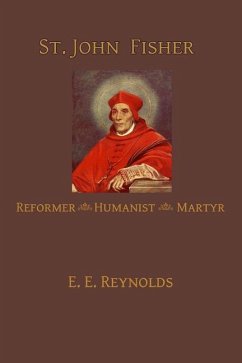
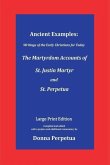
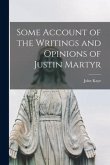
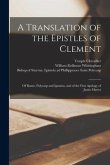
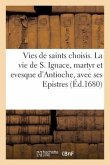
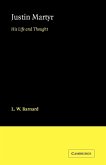
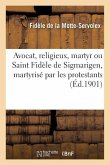
![St. Agnes, Virgin and Martyr [microform] St. Agnes, Virgin and Martyr [microform]](https://bilder.buecher.de/produkte/66/66123/66123199m.jpg)